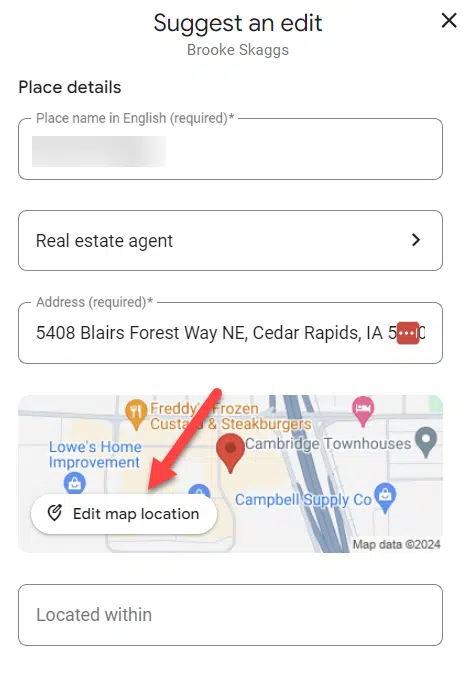The Impact of PWAs on SEO and User Experience
In recent years, the digital landscape has seen a significant shift in the way users interact with websites and applications. The rise of mobile devices and the need for seamless, engaging experiences have led to the development of Progressive Web Apps (PWAs). These cutting-edge applications have the potential to revolutionize the way businesses approach search engine optimization (SEO) and user experience (UX) design. As PWAs continue to gain traction, it is essential for businesses to understand their impact on SEO and UX to stay ahead of the curve and maintain a competitive edge in the digital marketplace.
PWAs are web applications that combine the best features of both native apps and traditional websites. They are designed to work on any device, providing a consistent and high-quality user experience across platforms. PWAs can be accessed through a web browser or installed on a user’s device, allowing for offline functionality and faster load times. This combination of features has made PWAs an attractive option for businesses looking to improve their online presence and user engagement.
One of the most significant benefits of PWAs is their potential to improve a website’s SEO. Since PWAs are built using standard web technologies such as HTML, CSS, and JavaScript, search engines can easily crawl and index their content. This means that businesses can leverage the power of PWAs to boost their search engine rankings and drive more organic traffic to their websites. Additionally, PWAs are designed to be fast and responsive, which can lead to improved user engagement and lower bounce rates. These factors are essential for SEO, as search engines like Google prioritize websites that provide a positive user experience.
Another advantage of PWAs is their ability to improve website performance. Traditional websites often struggle with slow load times, especially on mobile devices. This can lead to a poor user experience and ultimately drive potential customers away. PWAs, on the other hand, are designed to load quickly and provide a smooth, app-like experience. This can lead to increased user satisfaction and higher conversion rates, as users are more likely to engage with a website that performs well and provides a seamless experience.
PWAs also offer the benefit of offline functionality. This means that users can continue to interact with a PWA even when they lose internet connectivity. This can be particularly useful for businesses that rely on user engagement and retention, as it allows users to access content and complete tasks without being hindered by a lack of internet access. This feature can also improve the overall user experience, as users no longer need to worry about losing progress or being unable to access essential information due to connectivity issues.
In conclusion, the rise of Progressive Web Apps has the potential to significantly impact the way businesses approach SEO and user experience design. By providing a fast, responsive, and consistent experience across devices, PWAs can help businesses improve their search engine rankings and drive more organic traffic to their websites. Additionally, the offline functionality and improved performance offered by PWAs can lead to increased user satisfaction and higher conversion rates. As more businesses begin to adopt PWAs, it is essential for companies to understand their impact on SEO and UX to stay competitive in the digital marketplace. By embracing the potential of PWAs, businesses can not only improve their online presence but also provide a superior user experience that keeps customers coming back for more.




